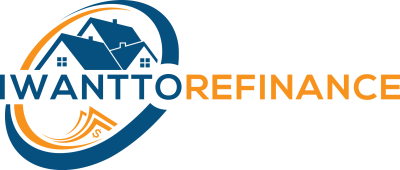Key Takeaways:
-
USDA loans are government-backed mortgages intended for purchasing homes in rural areas.
-
These loans offer zero-down financing for individuals with low-to-moderate incomes.
-
USDA loans can be used to buy or refinance eligible properties if you meet the criteria.
If you're interested in purchasing an affordable home in a non-urban location, USDA loans can provide the financing you need. With no down payment required and relatively low-interest rates, these loans are designed to support growth and prosperity in rural and small-town areas. Here's a breakdown of how USDA loans work, the pros and cons, income limits, candidate qualifications, alternative loan options, and the application process.
How Do USDA Loans Work?
USDA loans, also known as Rural Development Loans or Section 502 loans, are part of the government's Rural Development program aimed at improving the quality of life in rural and small-town areas. These loans provide low-interest financing without a down payment requirement, making it possible for individuals who may not qualify for traditional loans to purchase a primary residence.
Pros and Cons of USDA Loans:
Advantages of USDA loans include zero down payment, competitive interest rates, no cash reserves required, flexible credit guidelines, and no loan limits. However, there are geographic restrictions as the property must be located in a designated rural area. The home you purchase must be used as a primary residence, be a single-family home, meet size requirements, and pass a USDA property appraisal.
Income Limits for USDA Loans:
To qualify for USDA financing, your household income must be equal to or less than 115% of the median income in your area. You must also have a stable income source, a minimum credit score of 640, a good credit history, and a debt-to-income ratio below 41%. Additionally, you need to be a U.S. citizen, permanent resident, or foreign national.
Mortgage Insurance for USDA Loans:
USDA loans require mortgage insurance, which includes an upfront guarantee fee and an annual fee. The upfront fee, typically 1% of the loan amount, can be rolled into the loan. The annual fee, around 0.35% of the loan amount, functions as the monthly mortgage insurance premium. Both fees are mandatory, regardless of the down payment.
Who Should Consider USDA Loans?
USDA loans are ideal for low- and middle-income families looking to live in rural areas who meet the loan requirements but lack the funds for a down payment. However, they are not suitable for those seeking multifamily properties, vacation homes, rental properties, or using the home for income-producing activities.
Alternative Loan Options:
If a USDA loan doesn't suit your needs, there are other financing options available. Conventional loans require a minimum down payment of 3% and can be used to purchase properties anywhere in the U.S. FHA loans have lower credit score requirements and a minimum down payment of 3.5%, but they don't require purchasing in a designated rural area. VA loans are for veterans, active-duty military members, and surviving spouses, offering zero down payment and no mortgage insurance.
How to Apply for USDA Loans:
To apply for a USDA loan, you need to work with a USDA-approved lender, typically local banks, credit unions, or mortgage brokers. The application process involves completing a preapproval application, finding a USDA-eligible property, signing a purchase agreement, waiting for loan processing and underwriting, and finally closing on the loan. Applications can be submitted online or in person at the lender's location.
Remember to consult with a USDA-approved lender or mortgage professional for personalized advice and guidance throughout the loan application process.


